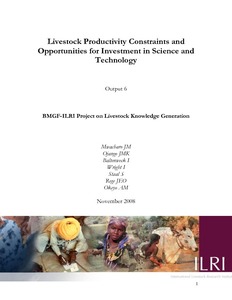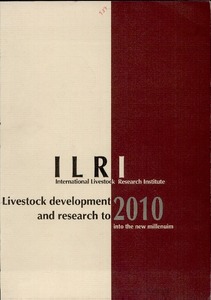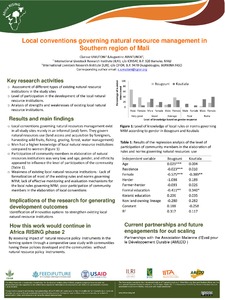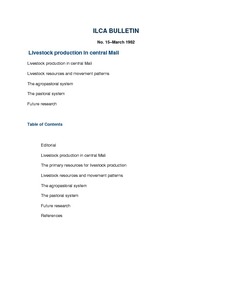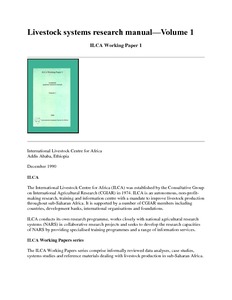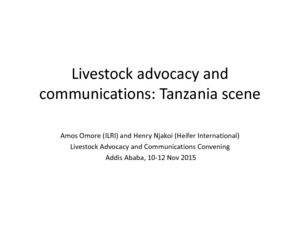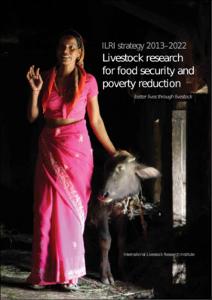Losing ground in the Mara: fast but not inevitable
The Maasai Mara Ecosystem (MME) is one of the key wildlife areas in Kenya and has more wildlife than any other part of the country. However, aerial surveys by the Department for Resource Surveys and Remote Sensing (DRSRS) show that Mara lost 60% of it’s resident wildlife in the last 25 years. As human populations grow, and crop farming expands and land privatizes, these pressures will only grow.



